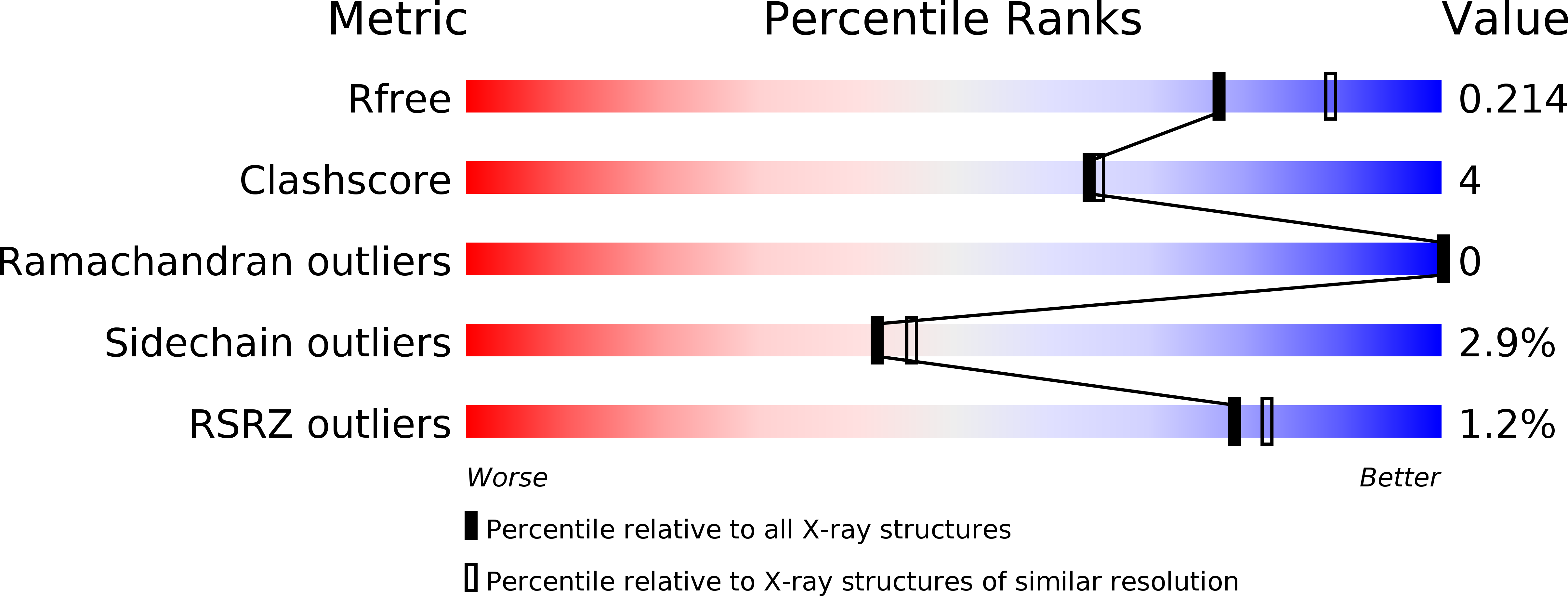
Deposition Date
2012-10-10
Release Date
2013-03-27
Last Version Date
2024-11-20
Entry Detail
PDB ID:
4HHO
Keywords:
Title:
Serum paraoxonase-1 by directed evolution with the H115W mutation
Biological Source:
Source Organism:
synthetic construct (Taxon ID: 32630)
Host Organism:
Method Details:
Experimental Method:
Resolution:
2.10 Å
R-Value Free:
0.21
R-Value Work:
0.18
R-Value Observed:
0.18
Space Group:
P 43 21 2


